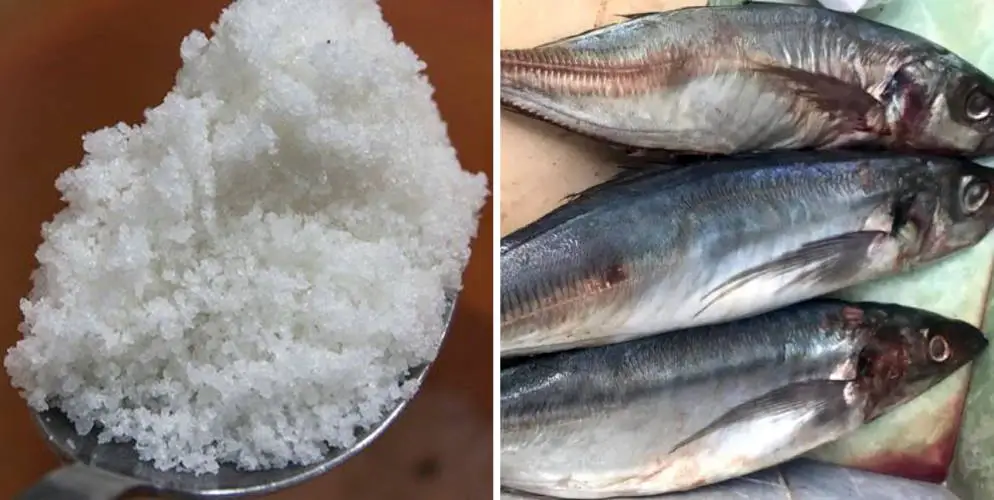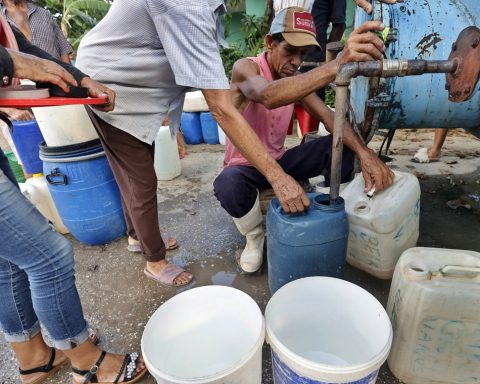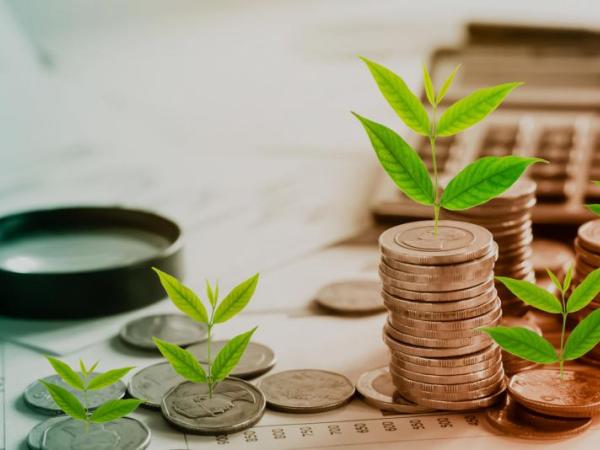Havana Cuba. — “Are there no fish here in Cuba?”, they asked me astonished after reading the menu of a restaurant two Italian tourists whom I was guiding through Old Havana and who were craving to eat tropical fish.
“Neither fish nor salt”, was my answer. And due to the little Spanish they knew, most likely they have not understood what I tried to explain to them.
If it is that not even the Cubans themselves understand it! Because it is unusual that Cuba, having 2,500 kilometers of coastline, has to import salt and fish.
The fishmongers Called Mar y Tierra, when they don’t have seafood, they sell croquettes, picadillo and sausages. The little fish that there is in those places is almost always freshwater and of poor quality, such as claria and tench, with many bones and whose flavor is not pleasant to the palate.
When there are sea fish it is more expensive. For example, a kilogram of bonefish costs 235 pesos. The kilogram of sardines, which is the cheapest, costs 225 pesos.
Recently, at the La Lisa fish market, located on Avenida 51, they sold snapper for 900 pesos per kilogram. Most of the people who entered the site, looked and left without buying, saying horrors.
Not all fishmongers are supplied evenly. There are those that are rarely assorted.
At the end of the 1970s, the Cuban government bought in Argentina some metallic structure stores with equipment for selling fish. Most of them no longer exist. Some were disassembled and turned into scrap metal. Others are used as stands to sell agricultural products or have been converted into homes.
Before 1959, fresh fish could be purchased in various places in Havana, especially in coastal towns such as Cojímar and Santa Fe, or in the Mercado Único (Plaza de los Cuatro Caminos) and Minimax supermarkets.
They also brought fresh fish from ports near the capital, such as Batabanó, Mariel and Santa Cruz del Norte. And other ports in the interior of the country sent fish to Havana in refrigerated trucks.
Today ghostly fishing ports look as active yesterday as Batabanó (Mayabeque), La Coloma (Pinar del Río), Sagua La Grande and Caibarién (Villa Clara) and Manzanillo (Granma).
In the 1960s and 1970s, Cuba had a fleet of large fishing vessels that were capable of processing the catch at sea. That fleet guaranteed the fish that was exported and the one we consumed here. But the ships fell into disrepair due to excessive use and lack of maintenance. They had to be deactivated and were not replaced.
Today, lobsters and shrimp are exported. In Cuba, seafood is only seen in some restaurants (state-owned or self-employed) for the consumption of tourists who pay with cards in foreign currency or at prices that are inaccessible to the average Cuban.
On the Caribbean island there are laws that impose heavy fines and even prison sentences to unlicensed fishermen who are caught selling their catch. They are obligated to sell to the State, at the price that it determines.
As for salt, it is also scarce and is rationed by the Supply Book. It is supposed that every three months they sell a package of one kilogram of salt per family nucleus, but the quota does not come to the wineries regularly.
The official price of the packet of salt is seven pesos. On the black market it ranges between 100 and 200 pesos, but it is hard to find. For this reason, it is common for neighbors to talk about “a little bit of salt that I don’t have”.
The largest salt mine in Cuba is in Guantánamo and has the capacity to supply the entire country. But, according to the authorities, the technical equipment to refine the salt is in poor condition and there are no necessary parts for repairs due to “the blockade.” And in the stores in freely convertible currency (MLC) the salt that is sold is imported and expensive.
The scarcity is exacerbated by the number of self-employed businesses that use salt to make their products. Since they do not sell salt in the wholesale markets, the self-employed, to avoid having to pay for it in freely convertible currency in stores, buy it by the sack on the black market. And that salt that is sold on the black market is, in turn, the one that is stolen from warehouses and warehouses.

















